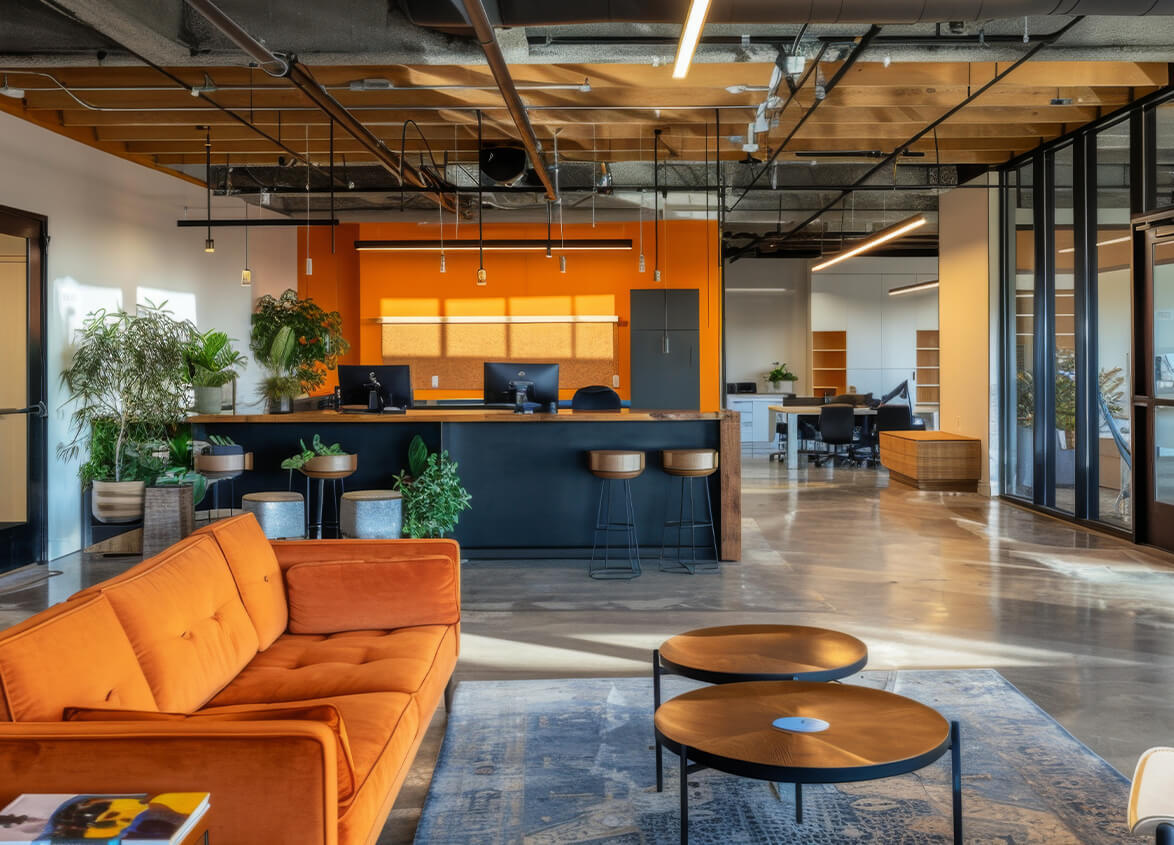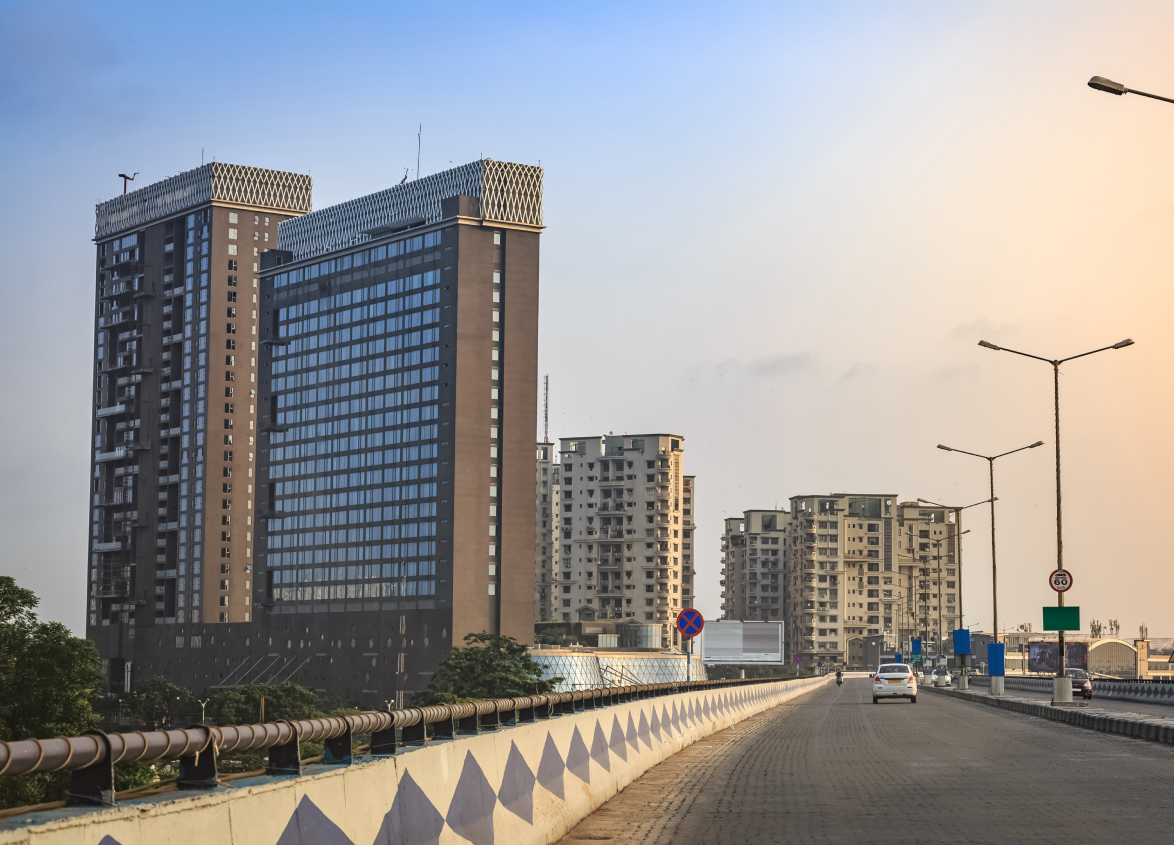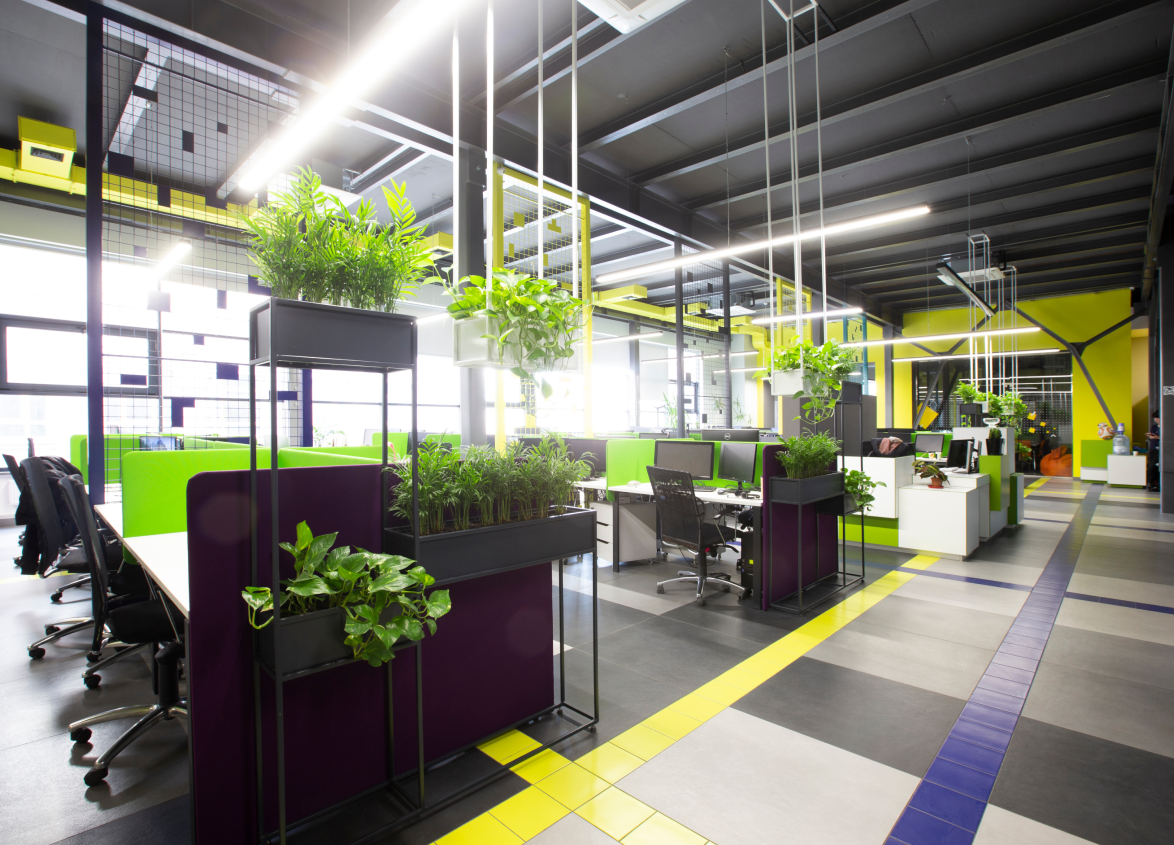
Retail
How Technology is Transforming Mall Shopping: From Smart Malls to Digital Engagement
January 27, 2025
Shopping malls are well-known commercial buildings used for shopping, leisure, and other activities. However, due to rapid technological advancements, conventional shopping malls are experiencing a massive metamorphosis.
Today's consumers are far more sophisticated with smartphones and social media than stores and food courts. To such expectations, a smart shopping mall has been forced to embrace innovative technology, better and improved engagement tools, and innovation.
From artificial intelligence to information visualisation, technology is transforming public engagement with a smart shopping mall, enabling the desired innovative mall solution that is effective, engaging, and integrated.
In addition to enriching the shopping mall experience, technology makes shopping more convenient, which leads to more traffic to the malls and better business for the mall's owners. This blog focuses on how technology makes mall shopping more exciting and engaging.
The Emergence of Smart Malls
Smart malls will gain better control over areas such as IoT, AI, and big data, provide a better customer experience, and allow more interaction.
- The smart mall idea surpasses the conventional concept of shopping with features like:
- A new concept of shopping based on the analysis of the customer's needs and preferences.
- Smart parking, lighting, and security based on the application of the IoT in shopping malls.
- Interactive touch screens are used to promote and navigate the products.
- Mobile apps and loyalty programs act as a digital transformation in retail communication.
How Technology is Improving the Customer Experience in Malls
1. Smooth Navigation
Malls are perplexing, and the building's size makes it possible for individuals to become lost. There is no confusion about the location of stores, parking spaces, and facilities whenever visitors use IoT in shopping malls and mobile apps for navigation. Digital maps and AR-based navigation assistants are also normative and prescriptive in the form of elaborated procedures inside digital directories.
2. Personalised Shopping Trips
Malls can create a mini-shopping experience by integrating and adopting artificial intelligence technologies and data analysis. The retailer can then analyse the data to determine what customers want and offer them the right promotion or recommendation through mobile applications or digital kiosks.
3. Contactless Shopping
The COVID-19 outbreak has caused people to adapt to contactless solutions, such as contactless payments for purchases, QR codes, and mobile ordering. Check-and-bag systems, innovations in order fulfilment, allow customers to pay for products without queuing.
4. Immersive Entertainment Zones
Today’s malls have transformed shopping into a way of life. Some of the areas include virtual reality gaming zones, AR playgrounds, and other enclosed environments, and they have become recreational facilities for families and youths.
5. Real-Time Engagement
Smart shopping mall owners employ mobile applications and beacon technology to send information updates, offers and events. People get information on their smartphones and become more active, while individuals are compelled to buy more.
The Blending of Web and Store-Based Shopping
Phygital is a term for integrating physical and digital shopping channels in a single process. Malls are adopting strategies that make the online and offline environments complement each other.
Examples include:
- Click-and-Collect Services: Customers can order online and collect their products from the mall counters.
- Virtual Queues: Some apps enable visitors to stand in a virtual queue for some of the most popular stores.
- In-store Digital Solutions: Stores also use touch screens, AR mirrors, and smart shelves to direct customers to products while they receive content.
Strategies of Digital Engagement in Malls
1. Internet of Things (IoT) for Smart Infrastructure
The application of IoT in shopping malls is important in developing smart structures. Thus, sensors and connected devices improve the performance of a mall and, therefore, customer satisfaction. For example:
- Smart Parking: Real-time availability of parking slot information reduces the time to search for a parking slot. Sensors help customers easily locate the available slots in the car park.
- Energy Management: IoT makes such systems sustainable by enabling the system to control the lighting, heating, and cooling based on occupancy in a particular room.
- Connected Security Systems: Point-specific security and surveillance, alarm systems, and Analytics are vital to smart shopping mall security.
2. Big Data & AI for Personalisation
AI and big data analytics assist malls in better-identifying customer needs and customer behaviour. Through analysis of footfall data, the history of purchases, and browsing patterns, malls can offer the following:
- Personalised Promotions: Mobile coupons and promotions targeted directly at the customer on their smartphone.
- AI-driven Wayfinding: Applications that will be available in stores and will offer methods of getting visitors.
- Smart Recommendations: Recommendation of personal products through the use of kiosks.
3. Augmented Reality and Virtual Reality
Shopping malls have been made lively with the introduction of immersive experiences in many ways like AR and VR:
- Virtual Showroom: Virtual Showrooms are where people look at a variety of ranges before entering the store.
- AR Product Try: Virtual try-on solutions for some disadvantages of facial and Body fitting, makeup or accessories.
- VR Play Zones: Play Zone with VR will have entertaining sections, like games or simulations, to attract the youth.
4. Mobile Apps for Improving Customer Relationship
Mobile applications dedicated to the malls are innovations that bring ease and customer loyalty. It may include:
- Live Navigation: The indoor map allows shoppers to find shops, eating places, and a washroom.
- Loyalty Programs: Customers can earn and redeem the rewards points while getting special offers.
- Online Reservations: You can order food online, purchase movie tickets in advance, or book a parking space in advance.
5. Digital Signage and Interactive Kiosks
Traditional static posters are being replaced by dynamic digital signage and interactive kiosks, which offer:
- Real-time Promotions: Show new offers, events and announcements.
- Interactive Wayfinding: Guide customers to shop, brand, or service of interest located within the mall.
- Product Discovery: This lets users view product catalogues or promotions online.
Sustainability and Smart Technology
It creates a new customer experience within the mall while enhancing the available smart shopping technology and making the malls sustainable. Here's how malls are embracing eco-friendly practices through smart innovations:
Energy-efficient Lighting and HVAC Systems
The application of IoT in shopping malls allows systems to manage energy consumption. Smart lighting adapts to natural light, while LED lighting decreases power consumption. HVAC with a sensor controls the temperature depending on current occupancy to provide comfort while avoiding overpowering appliances.
Waste Management and Recycling through IoT
Smart bins have sensors that monitor fill levels, optimising waste collection schedules. Some malls also have recycling kiosks that reward customers for depositing recyclable materials.
Eco-friendly Habits via Digital Platforms
Shopping is encouraged to adopt environmental habits through digital platforms and apps. Digital engagement can also be used in events such as eco-workshops or green product fairs to create an environmentally friendly shopping culture.
Challenges and Future Outlook
Though the advantages are enormous, the implementation of advanced technologies has challenges, such as:
- High Initial Investment: Implementing IoT, AI, and VR requires a massive amount of capital investment.
- Cybersecurity Risks: With the rising usage of drives and other digital platforms and data, privacy and security risks increase.
- Adoption Barriers: It is also very difficult to change the attitude of shoppers and retailers towards new technologies.
- Maintenance Costs: Smart systems are systems that need to be constantly updated and upgraded in terms of the systems.
The Future of Mall Shopping: What's Next?
As for technology, mall shopping would experience a dramatic change. As expected, more innovation is lined up in the future, in a line that may include:
- AI Virtual Assistance: AI-based virtual assistants will inform people about and respond to queries and recommendations anytime.
- Robots: When used for security navigation and customer service, robots will make futuristic shopping come to the people.
- Smart Fitting Rooms: Smart fitting rooms, which may be fitted with virtual mirrors and AR installed, enable consumers to 'wear' clothes.
- Digital Twins: Owners of malls will use digital twins, which are replicas of the actual space, to improve designs, operations, and customers' movement.
Conclusion
Technology is now changing the shopping mall experience, and a conventional shopping centre is being turned into a smart shopping mall. From innovative infrastructure to smart shopping technology and entertainment through AR/VR, malls are redesigning the customer experience. These innovations increase convenience, traffic, and business operations for both consumers and businesses. The future of mall shopping will be an intelligent system that incorporates physical and digital environments and becomes interconnected.
Adopting digital transformation in retail enables mall operators and retailers to align with current trends, thus making the shopping mall experience interesting and dynamic. It is also capable of holding high appeal in the new world order and is inclined towards using technology.
FAQs
1. What is a Smart Mall?
A Smart Mall is the integration of IoT, AI and automation in the structure and design of the mall to create a better shopping environment, efficient energy consumption and better operating system.
2. In what ways does technology improve the mall shopping experience?
As for convenience features, smart navigation helps to find the product; real-time promotions allow realising the possibility of purchasing the product at the right time; cashless payments simplify the process; augmented reality provides an entertaining way of shopping; and mobile applications make shopping rewarding with a variety of opportunities for loyalty programs.
3. What role does AI play in Smart Mall?
AI in Smart Mall powers data analytics for personalised customer experience. It powers chatbots, product recommendations, inventory management, and predictive maintenance that drive the operation of malls to ensure that everything runs smoothly and is very efficient.
4. How are online and offline shopping integrated into the mall?
Malls offer omnichannel strategies using click-and-collect services, in-store apps with discovery of products, virtual try-ons, and smooth returns on online purchases to fuse the experience of digital and physical shopping.
5. What are the advantages of digital engagement in malls?
Digital engagement, among other things, helps generate customer loyalty, provides a customised shopping experience, enhances foot traffic through targeted promotional activities, and improves communication through interactive apps.
MUST READ
Looking for something specific?
We'd be delighted to help you.





















































































































































































































































































































































































































